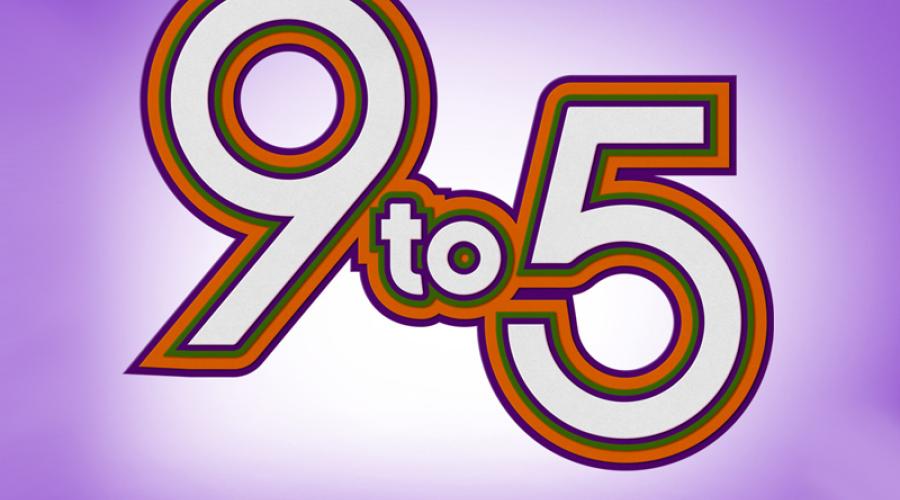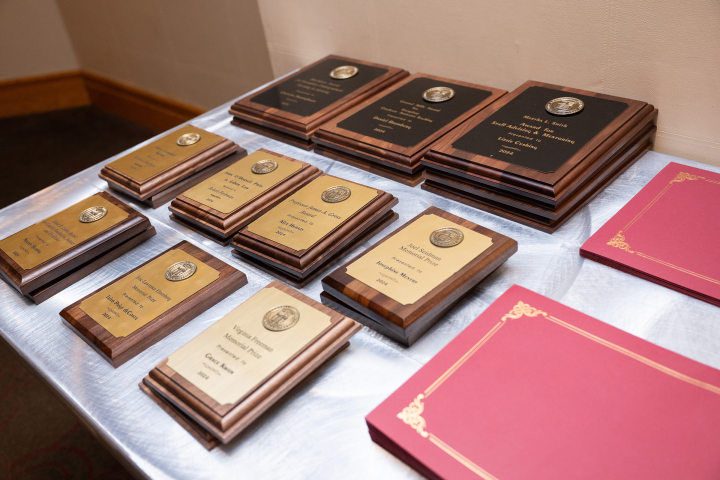
“9to5” Film Discussion Part of Union Days
Presented by the Worker Institute
A film that tells the story of secretaries across America, who organized to fight sexism for better pay, more advancement opportunities and an end to sexual harrasment before that was even a term, was part of ILR’s 2021 Union Days programming.
The screening and discussion of “9to5: The Story of a Movement” was part of the annual Union Days events that bring together ILR students, faculty and community members in an effort to advance workers across the world. The theme for this year's Union Days, continuing through April with events such as a talk with Bay Area organizer Boots Riley, is “democracy at work.”
The documentary is named after the movie 9 to 5 and the iconic Dolly Parton song written to accompany it. In addition to depicting the production of the movie, the Julia Reichert-Steven Bognar film explores the beginning of the workers’ mobilization and the eventual organization into District 925, a national union for office workers. Featured in the film is ILR Extension Associate Kimberly Cook, who was instrumental in organizing the office workers and who now works to teach those skills she learned to other workers across America.
ILR Labor History Professor and Worker Institute Director Ileen DeVault introduced the film to attendees at the event, saying it shows “how important it was for this group of unrepresented workers to finally gain a voice in their workplaces.”
The film is “near and dear,” to her heart, DeVault said. “In the 1970s, I myself was a women's rights activist and an office worker.”
Following the presentation of the film, attendees were invited to discuss the film and its resonance today. The panel, which brought together both ILR students and students from the New York State AFL-CIO/Cornell Union Leadership Institute, was led by Ananthi Jayasundera ’23. It included contributions from the Oscar and Emmy award-winning documentary filmmakers and “9to5” creators Julia Reichert and Steven Bognar; Maggie Russell-Brown, national organizing director at SAG-AFTRA; Barbara Terrelonge, director of field operations at AFSCME District Council 37; Kim Cook of the Worker Institute and ILR students Gabriela de la Llana, MILR ’21 and Melissa Ruiz Hernandez ’22.
“It was an incredible honor to get to tell the story of 9-5 and these ferocious activists,” Bognar said. “We [Julia Reichert and Bognar] are big believers that the stories of working people are not told enough.”
Bognar also spoke to the difficulty of creating such a film. “We worked on this film for eight years,” he said. “We had to do interviews in Boston, Atlanta, San Francisco, Seattle, Cleveland and LA. Finding archival footage was a big, long journey, because what gets documented in this world is not the lives of working people or women. Women’s history is often buried – it took a long time to get this movie to happen.”
Cook discussed her memories of the organizing drive that Reichert and Bognar captured. “We really wanted to have the power of a union, but we wanted an organization where the leadership reflected the membership, with support for the kind of organizing we did, which was relational organizing and building deep relationships with other women,” she said. “You’re not supposed to hear that the labor movement isn’t all that progressive, but there were few women and people of color in these organizations.”
“Black and Indigenous women are largely excluded from labor law,” said Gabriela, explaining how watching the film reminded her of current day inequities. “The law still is not very good about intersectional discrimination, when people can be discriminated against for both their race and their sex.” Melissa agreed with Gabriela, who spent a semester interning at the Equal Employment Opportunity Commission. “What Gabriela said about intersectionality is still very overt for BIPOC women, for undocumented women, for women that don’t have English as a first language. There is still a lot of work to be done.”
In order to do this work, Cook said she believes that unions need more women and people of color in leadership roles. “Barbara and Maggie are signs of change in the labor movement,” Cook said, referring to panelists Barbara Terrelonge and Maggie Russell-Brown. “We [the 9 to 5 union organizers] like to think we had something to do with that.”
“9to5: The Story of a Movement” is slated to be on Netflix this summer.


